What Are Florida Bicycle Laws?
Florida’s endless rays of sunshine and beautiful climate allow cyclists to hop on their bikes year-round, but sadly, riding your bicycle in Florida can be dangerous. Last year, U.S. News & World Report named Florida the third most dangerous state for cyclists. This state is ranked first per capita for bicycle accident fatalities.
To help prevent these fatalities and injuries, drivers, bicyclists, and communities must work together to decrease accident rates and severity. This starts with a basic understanding of Florida’s bicycle laws aimed both at drivers and bike riders. If you have been injured in a bicycle accident reach out to a Tampa bicycle accident attorney to get your consultation.
Table of Contents
Florida’s Scary Bicycle Accident Statistics
The Florida Department of Highway Safety and Motor Vehicles (FLHSMV) reports that in 2021 alone, there were6,403 bicycle accidents in Florida, leading to 198 fatalities across 3,465 accidents. In comparison, there were 5,948 bicycle accidents in the prior year, causing 169 fatalities.
Bicycle accidents and fatalities by county for last year were:
- Palm Beach County: 423 total crashes, seven fatalities, and 401 injuries
- Broward County: 716 total crashes, 20 fatalities, and 669 injuries
- Miami-Dade County: 795 total crashes, 19 fatalities, and 728 injuries
- Duval County: 268 total crashes, six fatalities, and 249 injuries
- Hillsborough County: 467 total crashes, 20 fatalities, and 425 injuries
- Orange County: 379 total crashes, 17 fatalities, and 350 injuries
- Pinellas County: 546 total crashes, 16 fatalities, and 504 injuries
- Polk County: 139 total crashes, eight fatalities, and 122 injuries
Where and When are Most Bicycle Accidents Happening?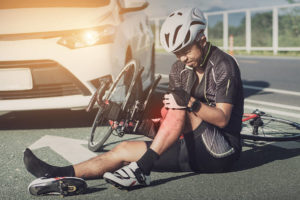
According to FLHSMV, bicycle accidents were under investigation as follows:
- About 51.36 percent by local police departments
- Approximately 31.16 percent by local sheriff’s departments
- Around 17.39 percent by the Florida Highway Patrol, which isresponsible for the state highways
Considering these crucial numbers, it’s safe to reasonably assume that most bicycle accidents occurred on city streets and roads—not the highway, since local police departments and county sheriffs investigated most of Florida’s bicycle accidents.
Further, according to the National Highway Traffic Safety Administration (NHTSA), most bicycle accidents occur in urban areas (78 percent) as compared to rural areas (22 percent), and they happen between the evening hours of 6 p.m. and 9 p.m.
Florida Bicycle Laws
Florida’s bicycle laws aim to keep motorists, passengers, and bicyclists safe. Florida law categorizes a bicycle as a vehicle and the bicyclist as a driver. They have the same rights to the road and must obey the same traffic laws as the motorists in other vehicles otherwise they can be sued for hitting a person on a bike.
These laws include:
- Stopping for stop signs and red lights
- Riding with the flow of traffic
- Using lights at night
- Yielding the right-of-way when entering a roadway
- Yielding to pedestrians at crosswalks
With only one road, it’s up to bicyclists and motorists to treat each other with respect and care while out and about. Obeying the law is the foundation for this respect. The law encompasses the rules of movement that make all road users predictable to one another. This predictability is necessary for safety.
Bicycle Regulations for Bicyclists
Under Florida Statutes, a bicyclist must:
- Adhere to all traffic controls and signals
- Use a fixed, regular seat for riding
- Not exceed the number of passengers for their particular bicycle
- Not knowingly permit a child or minor ward to breach any provisions of this section (for parents and guardians)
Additionally, every bike must have brakes that permit the rider to stop on the dry, level, clean pavement within 25 feet of speed.
Sidewalk Riding
If riding on sidewalks or crosswalks, bicyclists have the same rights and duties as pedestrians. However, they must yield the right-of-way to pedestrians and provide an audible signal before passing them.
Lighting
Bicycles on the road between sunset and sunrise must have a lamp on the front giving off a white light visible from at least 500 feet to the front. They must also have both a red reflector and a lamp on the rear showing a red light visible from at least 600 feet to the rear. However, additional lighting is permitted and recommended by law to help increase bicyclists’ safety.
Roadway Position
A bicyclist who isn’t traveling at the same speed as other traffic must ride in a designated bike lane or as close as possible to the right side curb or edge of the roadway.
They must also ride on the right-most portion of the road in the following situations:
- Passing another vehicle traveling in the same direction
- Preparing to make a left turn
- When realistically necessary to prevent any condition or potential conflict, including a parked or moving vehicle, a fixed or moving object, pedestrian animal, surface hazard, or turn lane
- If a lane is too narrow for a bicycle and another vehicle to travel safely side by side
A bicyclist riding on a one-way street with two or more traffic lanes can ride as close to the left edge of the road as feasible.
Those riding bikes on a roadway cannot ride more than two beside each other except on areas of the road set aside only for bicycles. Cyclists riding side by side aren’t allowed to impede traffic when traveling at less than the regular traffic speed at the time and place and under existing conditions and shall ride within a single lane.
Left Turns
A cyclist who wants to make a left turn should be allowed full use of the lane they are turning from. After looking, signaling, and moving to the center of their lane, the cyclist should check the traffic signal, pulling onto the road when the light is green and the traffic conditions are safe.
In addition, Florida bicyclists may go through the portion of the intersection on the far right and turn as close to the curb or edge as they can on the far side. The bicyclist can travel in a new direction after complying with applicable traffic control devices.
Signaling Turns
The bicyclists must signal that they are turning at least 100 feet before doing so. If a bicyclist needs both hands to control their bike, the signal doesn’t need to happen at the same time. By law, they can signal a turn right by either extending the left hand and arm upward or by extending the right hand and arm horizontally to the right side of the bicycle.
Headsets
A bicyclist cannot wear a headset, headphones, or other listening devices other than a hearing aid when riding a bicycle on public roads. Wearing a headset of any kind can block out essential audio clues necessary to determine the presence of other traffic.
Bicycle Riding on Limited Access Highways
No one can ride a bicycle on an interstate highway or a limited access facility.
Local Ordinances
Local governments of Florida counties, towns, cities, and other municipalities can adopt ordinances regulating bicycle riding. Some places might have ordinances requiring registration and licensing. Others might prohibit sidewalk riding entirely or in areas such as business districts. You can obtain copies of local ordinances from local law enforcement.
Civil Penalties
When breaking the law, bicycle riders can commit either:
- Non-moving violations—for example, not using the required lighting equipment when riding in the dark or not having working brakes
- Moving violations, such as running stop signal or sign, riding against the traffic flow
- Violations of Florida Statutes Chapter 316 by a cyclist 14 years of age or younger
Bicycle Regulations for Motorists
Since Florida law considers a bicycle a vehicle, it has all of the rights, responsibilities, and privileges to utilize the roadway as a motor vehicle does. This means that bicyclists on public roads (not including expressways) have nearly identical rights and responsibilities as drivers of motorized vehicles.
Therefore, everyone should respect cyclists’ right-of-way because they can share the road with other drivers. Unlike motorists, bicyclists may also operate on sidewalks (except if prohibited by local ordinances), but they are required to yield to pedestrians on sidewalks and crosswalks.
It’s not illegal to ride against traffic flow in the adjacent traffic lane on a sidewalk. However, it’s not ideal as it puts bicyclists where motorists enter or leave the roadway at driveways and intersections. It’s here that they don’t expect wheeled traffic. Additionally, since cyclists generally travel faster than pedestrians, struggles between motorists and sidewalk riders at driveways and intersection crosswalks can quickly develop.
The Boohoff Law Team Gets Results
We get you the results you need and provide legal advice through the whole court process. Don’t be unprepared when you could have one of the best legal teams out there to assist you. Reach out to us today to get your consultation.
Tips for Motorists for Sharing the Road with Bicycles
Keeping Florida’s roadways safe for both motorists and bicyclists is a two-way street; it’s everyone’s responsibility. Motorists should expect to find a bicyclist on all types of roads (except interstate highways where they are illegal), including all roundabouts and intersections, in all weather conditions, and at any time of the day or night.
Bicyclists may ride out of the bike lane in the travel lane for safety’s sake on narrow roads, to avoid hitting obstacles or pavement hazards, or because they are preparing to turn left. On streets that don’t have shoulders, or if vehicles are parked along the right side, sometimes the safest place for a cyclist is in the center of the lane.
They can use the entire lane even while riding much below the traffic speed if the lane is too narrow for a vehicle to pass a bicycle within the same lane safely. Florida’s travel lanes typically range from 10 feet to 12 feet wide.
However, a 14-foot lane is safe for sharing with most motor vehicles.
- Under Florida law, motorists have to allow cyclists at least three feet of clearance and decrease their speed.
- On a two-lane roadway, motorists can pass a bicyclist as they will a slow-moving vehicle, but only when it’s safe to do so.
- Drivers should dim high beam headlights at night if a cyclist is approaching.
- Motorists shouldn’t follow cyclists too closely, so they have enough space to stop if necessary. Bicycles maneuver quickly and may slow down or swerve to avoid a road hazard that a motorist cannot see. Motorists must be prepared for and anticipate these actions.
- Before opening a vehicle’s door, look for bicyclists who may be approaching from behind.
- Motorists typically don’t need to honk their horns. Bicyclists can generally hear an approaching vehicle, and loud noises can startle bicyclists, resulting in a crash.
- At intersections, motorists should always assume that cyclists are continuing straight unless they signal that they are turning. They should yield to bicycles just as they will to any other vehicle they share the road with.
- Since cyclists often use sidewalks and trails, drivers should look both ways before crossing a sidewalk or trail, as bicycles can come from an unexpected direction.
- Many motorist-bicycle crashes happen at intersections. When making a left turn, vehicle drivers should always check for and yield to bicyclists coming from the opposite direction.
- When turning right, they should signal their turn, look for bicyclists, and never turn directly in front of a bicyclist. They may travel faster than expected.
- If a bike lane is present, they should signal the turn and yield to any cyclist in the bike lane before they cross the bike lane and enter the right turn lane. If there isn’t a right turn lane, they must yield to any cyclist already in the bike lane and turn behind the bicyclist. Otherwise, they should merge into the bike lane before turning.
Did You Suffer Injuries in a Bicycle-Motorist Accident? Call an Experienced Bicycle Accident Attorney Today
If you or someone you love suffered injuries in a bicycle accident, don’t hesitate to call an experienced attorney who can help. While Florida’s bicycle laws can sometimes be complex or confusing, all motorists owe cyclists courtesy and respect.
These laws are in place to keep everyone safely sharing the roadways. Causing an accident is unacceptable and almost always makes the driver liable for the bicyclist’s injuries and damages. Learn more about your rights after a bicycle accident by seeking professional legal help today.
A bicycle accident lawyer near you can review what happened, who might be responsible for your losses, and more. Then, they can handle every step of your claim, from investigation to compensation. Contact us at Boohoff Law to get started on your consultation.
Free Consultation
We Are Here For You 24/7
Reviews
– Elissa M.
“Really pleased with Boohoff Law! Received immediate responses when I had any questions. Treated amazingly by all staff … made this process a true breeze!”
– Caitlyn M.
– Brandy K.
Related Posts
Collision Course: Identifying the Most Common Types of Motor Vehicle Accidents
Hit by an Uninsured Rideshare Driver? Your Questions Answered About Filing a Claim
How Can Dashcam or GoPro Footage Help My Motorcycle Accident Case?
Recovery is personal.
We’re here for you.
We’re close by. And if you can’t make it to us, we’ll meet you where you need us, at home or in the hospital.
You're better off with Boohoff.
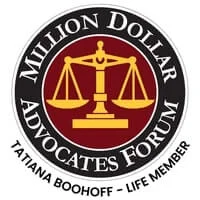


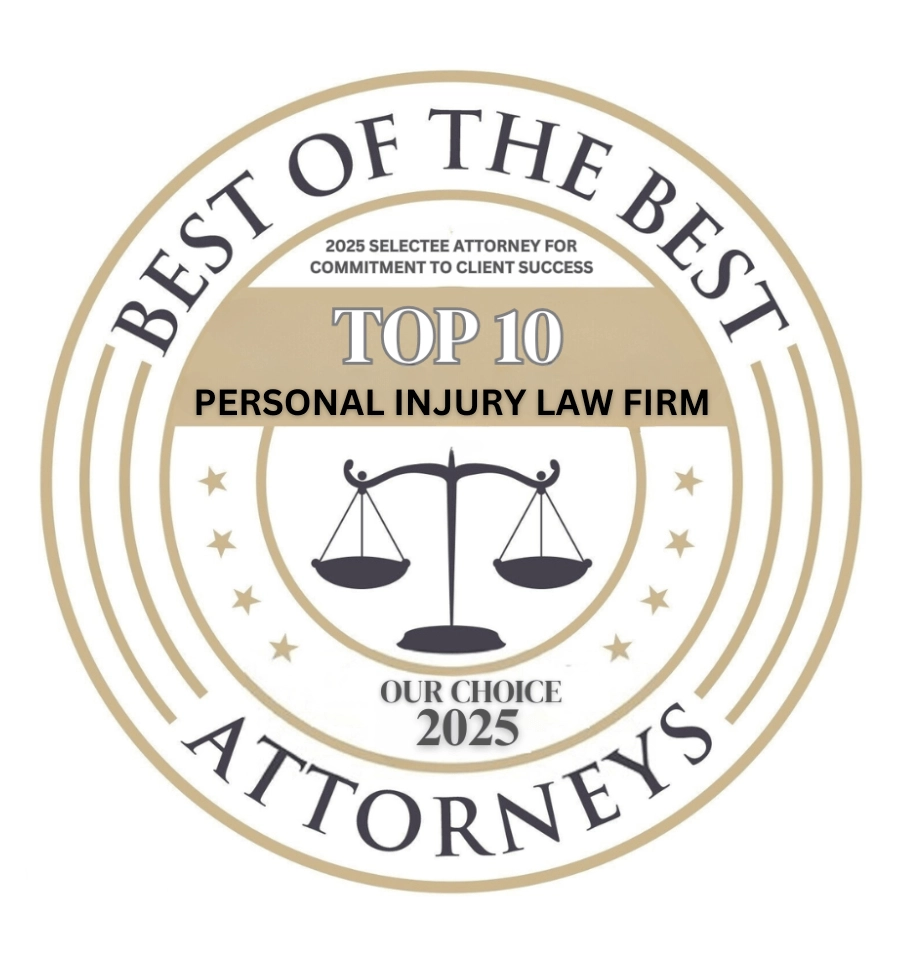
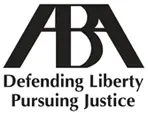
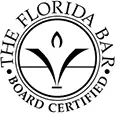





The information on this website is for general information purposes only. Nothing on this site should be taken as legal advice for any individual case or situation. This information is not intended to create, and receipt or viewing does not constitute, an attorney-client relationship.
available 24/7
(877) 999-9999
